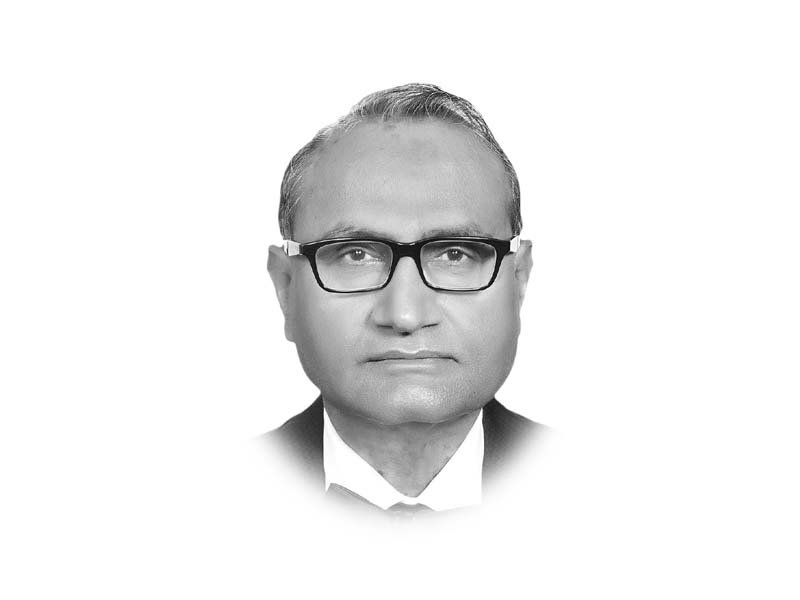
The launch of the Poverty Alleviation Programme Ehsas, this week by the Prime Minister recognises poverty as problem number one. There are only two known paths to overcome mass poverty. One is the Chinese way of double-digit growth sustained over at least two decades to push people out of poverty. The other is a caring state and society helping people out of poverty. In the past decade and half, growth in Pakistan has been less than the historic average of six per cent. Even this average was far less than the potential. The state, even in the best of times, has never spent more than four per cent of GDP on social sector and transfers to the poor, leaving a huge gap to be filled by society. While we like to imagine ourselves as the most giving nation on earth, the undocumented sources and beneficiaries have landed us in trouble with the international watchdogs of terror financing.
However, there are many documented sources of giving. Among these, the most documented is the Corporate Social Responsibility (CSR). The PM’s programme aims to better target the CSR.
Looking at the current status here. With UNDP assistance (it seems no report is possible any more without assistance from somewhere abroad), Pakistan Centre for Philanthropy has published a report, ‘Corporate Philanthropy in Pakistan 2017’. It covers 464 Public Listed Companies (PLCs), 204 Public Unlisted Companies (PUCs) and 208 Private Limited Companies (PvLCs). The largest amount of Rs7.56 billion came from PLCs, 79 per cent of which was contributed by top 25 companies of the group. The contribution by the PUCs and the PvLCs was just Rs1.03 billion and Rs1.5 billion. The larger the company the more it gives. To see how much is enough, the absolute numbers have to be put in some perspective. Like the never-achieved target of 0.7 per cent of GNP for Overseas Development Assistance, the target for corporate giving is one per cent of profit before tax. (Originally, the international target was also one per cent of GNP as it included private flows also.) According to the report, the PUCs have contributed 0.7 per cent of their profits before tax. Since 2012, the gap has been widening rather than narrowing.

Where is the money going? The report maps CSR programmes around Multi Poverty Index (MPI) and Human Development Index (HDI) to conclude “that the neediest areas do not get much of CSR spending”. There seems to be a problem with the mapping exercise. As per the report, the CSR foundations and departments spend 41 per cent of their resources on quality education, 28 per cent on good health and eight per cent on clean water and sanitation. Also, the report finds that the oil and gas exploration companies are the largest contributor to CSR. These companies are located in the poorest and the most backward areas. What else is the definition of the needy areas in the eyes of the authors of the report? In a goal-counting exercise, the report observes, “Undoubtedly, health and education are the areas where Pakistan is lagging behind even the poorest countries in the world but other areas included in the SDGs are equally important and need to be focused on. The least focused Sustainable Goal is ‘No Poverty’ which only gets 0.12% share from the total annual giving.” This after admitting that poverty is multidimensional! ‘No Poverty’ can only be the outcome of multiple interventions, education and health being the most important. This is also the message of Ehsas.
Published in The Express Tribune, March 29th, 2019.
Like Opinion & Editorial on Facebook, follow @ETOpEd on Twitter to receive all updates on all our daily pieces.


























































COMMENTS
Comments are moderated and generally will be posted if they are on-topic and not abusive.
For more information, please see our Comments FAQ